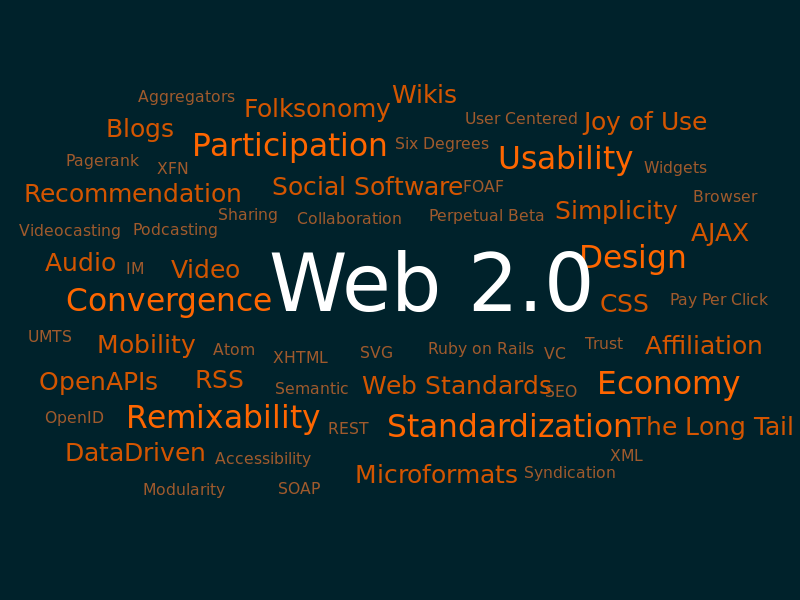This blog will discuss how Instructional Designers utilize the ADDIE model for instruction. It will also emphasize how technology has an effect on learning. Distance Learning has influenced education as well as different organizations. Many components contribute to knowledge. This blog will explore them all.
The Math Surgeon
The Math Surgeon StrickCo
Saturday, June 30, 2012
A Mind Map of Distance Learning
Distance Learning (An Insight on My Views)
My Views on Distance Learning
 Distance Learning is a term widely used in businesses and education. More students and adult learners are going to school online. Businesses are using distance learning for training purposes, meetings, collaboration and other business needs. I always viewed distance learning as a way to educate and train individuals using multiple forms of technology that transcends to different learning styles.
Distance Learning is a term widely used in businesses and education. More students and adult learners are going to school online. Businesses are using distance learning for training purposes, meetings, collaboration and other business needs. I always viewed distance learning as a way to educate and train individuals using multiple forms of technology that transcends to different learning styles.
This definition coincides to my personal experience with online learning. Through cyber learning, I have access to new technologies and software packages used for learning. Not only is it important for learners to gain knowledge from new technologies, but the instructor also has to be technological savvy to teach online courses. Web 2.0, multimedia designs, video, audio, streaming video, chat rooms, and emails are very vital to e-learning. Using multiple forms of technology is well understood as a definite measure to online learning.
During this course I have learned that distance learning does not only involve multiple forms of technology, but it also incorporates certain quality in delivery styles, methodologies, learning models, assessments, and better instructional system designs (Foshay, Huett & Moller, 2008). This rubric to distance learning help to insure that learners are getting the best experience of online learning. It also insures the distance learning course or training is competitive with the global economy. I say this because technology is always evolving and if cyber learning is becoming widely used it needs to incorporate the newest innovative technology sources available. Now that I have taken this course and learned new measures to distance learning, I must say my definition has changed a little. Distance learning, in my opinion, is a method of learning which incorporates new innovative technology to reach learners globally while utilizing multiple system designs, web 2.0 and other technology resources to disseminate information. How can learners be assured that the technology used in distance learning is innovative?
With the knowledge of web 2.0, many cyber users are aware of some technology used in online learning or businesses.  Professors and professionals in leadership positions are usually aware of technology resources. Some of them even get advanced training in technology to stay competitive in the workforce. "There is a strong need for instructional designers, specifically trained in distance education
technologies and design, who are ready to tackle distance education challenges at all levels" (Coleman, Foshay, Huett, & Moller, 2008, p. 65). Having the right people lead instruction and cyber learning classes will insure that the proper online training atmosphere is heading in the right direction for the future.
Professors and professionals in leadership positions are usually aware of technology resources. Some of them even get advanced training in technology to stay competitive in the workforce. "There is a strong need for instructional designers, specifically trained in distance education
technologies and design, who are ready to tackle distance education challenges at all levels" (Coleman, Foshay, Huett, & Moller, 2008, p. 65). Having the right people lead instruction and cyber learning classes will insure that the proper online training atmosphere is heading in the right direction for the future.
Distance learning is here to stay. Because of many different lifestyles of the working population, more people are using e-learning tools to educate themselves. Is this new way of learning respected in different organizations? No, it is not. It is the instructional designers and trained professionals that are leading the way for newer technologies and cyber learning. By insuring that the proper trained instructors are leading this evolution of learning, I foresee minds changing regarding distance learning.
References
Coleman, C., Foshay, W. R., Huett, J., & Moller, L. (2008). The Evolution of Distance Education: Implications for Instructional Design on the Potential of the Web. Techtrends: Linking Research & Practice To Improve Learning, 52(5), 63-67. doi:10.1007/s11528-008-0199-9
Foshay, W. R., Huett, J., & Moller, L. (2008). The Evolution of Distance Education: Implications for Instructional Design on the Potential of the Web. Techtrends: Linking Research & Practice To Improve Learning, 52(3), 70-75. doi:10.1007/s11528-008-0158-5
